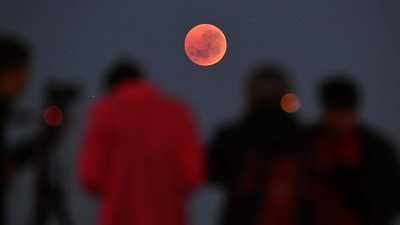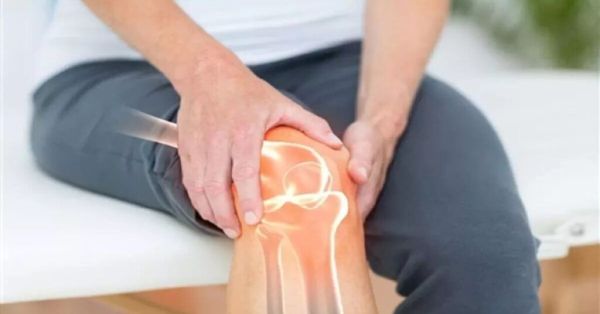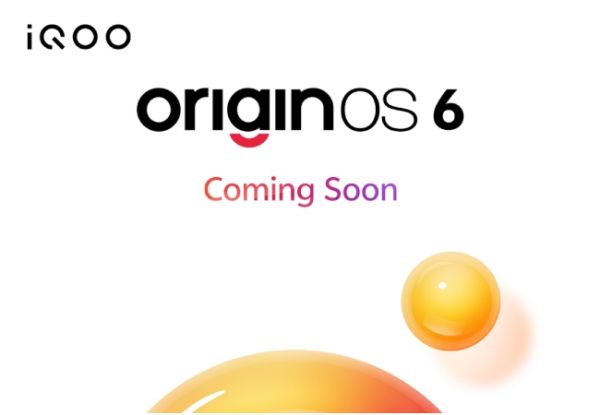
How Earth is causing Moon to rust
23 Sep 2025
The Moon is rusting, and Earth is to blame. A team of scientists has discovered that oxygen particles blown from our planet can turn lunar minerals into hematite, or rust.
The finding sheds light on the deep connection between Earth and the Moon and how the latter preserves a geological record of these interactions.
The research was published in Geophysical Research Letters earlier this month.
What is Earth wind?
Lunar exposure
Usually, both Earth and the Moon are exposed to a stream of charged particles from the Sun.
However, for around five days every month, Earth comes between the Sun and the Moon, blocking this solar particle flood.
During this time, the Moon mainly encounters particles that were once part of Earth's atmosphere but have since escaped into space. This is called "Earth wind."
Hematite discovered by India's Chandrayaan-1 mission
Particle impact
Earth wind is made up of ions of different elements, such as hydrogen, oxygen, and nitrogen.
When these charged particles hit the Moon, they can embed themselves into its surface soil and trigger chemical reactions.
In 2020, India's Chandrayaan-1 mission discovered hematite near the Moon's poles. Hematite is an iron-rich mineral that usually forms when rocks interact with water and oxygen.
However, since the Moon lacks oxygen, researchers speculated that this element might have come from Earth wind.
Researchers simulated Earth wind in lab
Experimental validation
To test this hypothesis, Jin and his team simulated Earth wind in a lab by accelerating hydrogen and oxygen ions to high energies.
They then bombarded these ions onto single crystals of iron-rich minerals known to exist on the Moon.
The experiment confirmed that these minerals could be turned into hematite, or rust, by the high-energy impact of Earth wind particles.
-
Skin and hair care with natural remedies

-
Calcium deficiency can increase the risk of osteoporosis, know its symptoms

-
Hong Kong entertainment mogul Charles Heung’s wife Tiffany Chen reveals Andy Lau once teetered on the brink of bankruptcy

-
Massive crowd mourns Zubeen Garg’s body return to India

-
Originos 6’s official announcement of entry in India, preview registration will start from September 29
